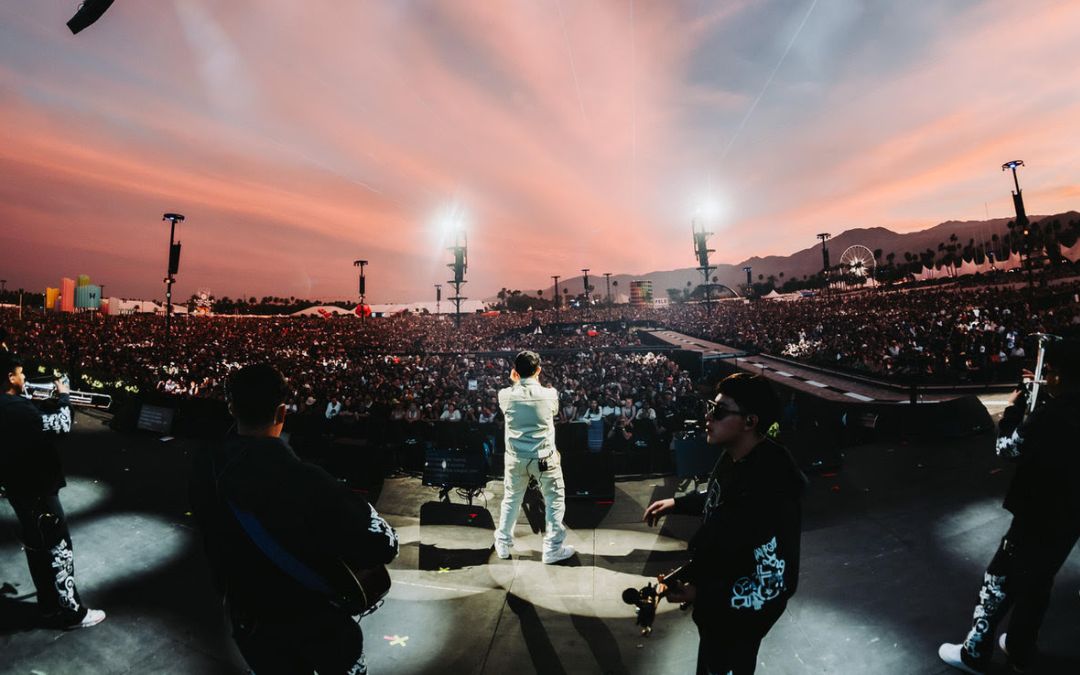Following the golden summers of 2022 and 2023—when Regional Mexican Music reached its highest peak of global visibility, crossing borders with sold-out shows, media prestige, and transatlantic attention—2024 and 2025 are shaping up to be a kind of purgatory. As the popular saying goes: “After the ecstasy comes the hangover.” Or after the high, comes the fall.
But this fall is not merely cultural—it is strategic, legal, diplomatic, and deeply xenophobic. For the first time since its postwar consolidation as a binational industry, the corrido finds itself under Washington’s microscope. Embassies, federal agencies, immigration algorithms, and digital platforms seem to have finally decoded the language that for decades danced between the mischievous chronicle and the epic allegory—now increasingly less allegorical and more explicit. But there’s more: the Trumpist machinery has, as Dr. Juan Carlos Ramírez-Pimienta warns, turned its gaze toward the global success of Mexican music, unleashing an anti-Mexican offensive that leads to a symbolic battle over the very meaning of mexicanidad in the United States.
Tensions rose after the kidnapping of Mayo Zambada, a key figure in drug trafficking, and the subsequent war in Culiacán between his son and the Chapitos. Sons of Chapo Guzmán. More than a violent clash, it carried aesthetic resonance: the corridos went silent in the streets, and the cultural merchandise that had nourished popular narcoculture for years lost its meaning. Suddenly, what was once sung as bravado became complicity; what once sounded like identity now sounds like evidence.
To this, we must add the discovery of Rancho Izaguirre in Jalisco—filled with mutilated bodies and forcibly recruited youth—which placed the Jalisco New Generation Cartel at the heart of horror. The response was not only judicial, but cultural. The incident in which Los Alegres del Barranco performed “El del Palenque”, just 50 milles to the episode of Rancho Izaguirre in Guadalajara. The cirrudio was In tribute to the CJNG leader, sparked public outrage. Since then, the genre has been trembling.

Today, many artists choose silence. Alfredo Olivas, for instance, delegates the corrido to the audience as a collective incantation. Others, like Julión Álvarez, pay the toll to be removed from blacklists—only to be placed back on them, at great financial cost. The list has grown to include Grupo Firme, Los Dos Carnales, Lorenzo de Monteclaro, El Mimoso, and Javier Rosas. Rumor has it that Luis R. Conriquez, Tito Doble P, Oscar Maydon, and Gabito Ballesteros might be next. The punishment is no longer censorship: it’s visa cancellations, stage bans, symbolic closures. The new lists aren’t on Spotify—they’re on OFAC.
In this climate, the corrido singer faces an existential dilemma: Who do I sing to? And why? What was once celebration or catharsis now feels like a minefield. The industry no longer only tracks audience size—it tracks consequences.
The gaze of the State has mutated, both in Mexico and in the United States. The distinction between the musical and the symbolic has vanished. As Hermann Herlinghaus foresaw: the war is no longer against the narco—it’s against affect. What’s being censored isn’t a genre, but a sensibility. It’s no longer enough to regulate violence—now the aim is to domesticate its representation. All of it under a new kind of crusade—not just legal, but emotional—that presents itself as an apología against narco-terrorism, orchestrated from Washington.
As Rancière would put it, the sensible is being reorganized. What was once song is now evidence. What was once festivity is now proof. What was once identity is now suspect.
The corrido tumbado—the most visible, bold, and Gen Z—now bears the weight of an entire genealogy: from the novohispano trickster to the tamborazo martyr. Today, the question is not only aesthetic, but political: Can the genre transform without betraying its roots? Or are we facing a new cultural war, where rhythm and tuba become the next battleground? The day will come—as the prophet once said—when singing will also mean resisting.


Leave a Reply